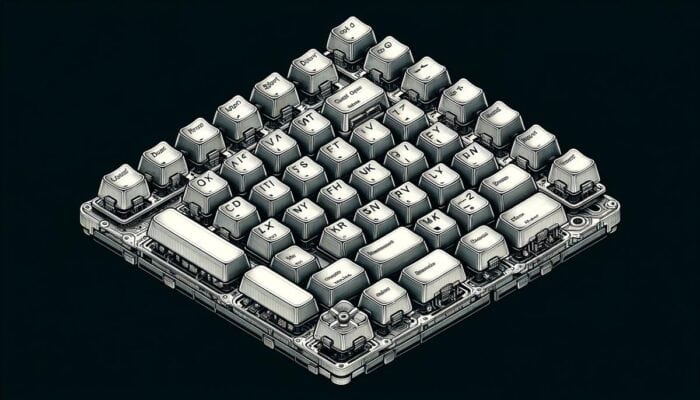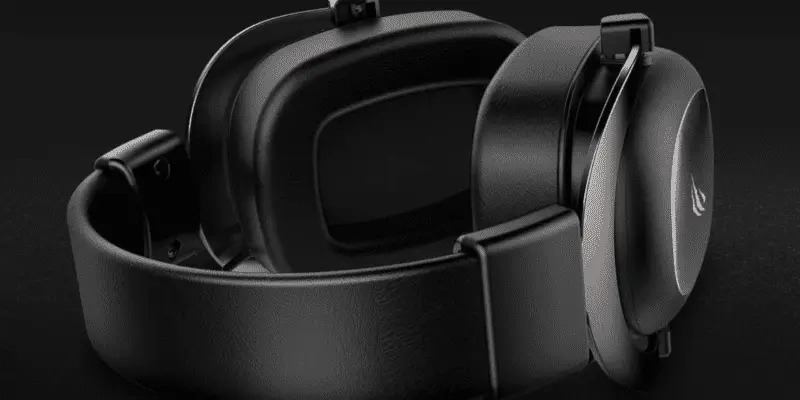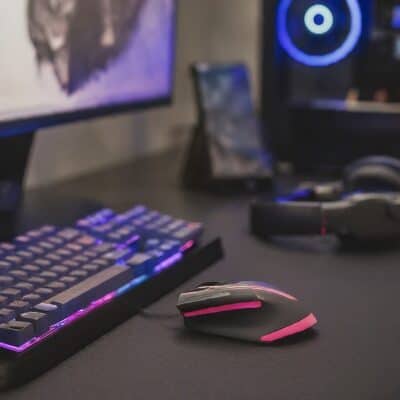Accessories, Blog
How To Choose A Travel Backpack? 5 Superb Guides To Choose It
How to choose a travel backpack? You are a traveler, and you know you need a backpack. But which one should you get? This blog post will show you the benefits of choosing a backpack, and will help you choose which one is the best for you. So, read this article until end to know more about it. In this blog, we also have an article about best large capacity men business travel backpack that you might want to read about it.
How To Choose A Travel Backpack
Choosing a backpack for travel is not an easy task. It is like picking out the perfect pair of shoes. You want something that is comfortable and fits your needs. A backpack is a personal item and everyone has their own opinion on what is the best. Here are some guides to choose the right one for you:
Size
Traveling with a backpack of no more than 38 liters is always my recommendation, as I’ve stated before. However, as I previously stated, every journey is unique, and your backpack should reflect that.
Why on earth would you bring a 70-liter bag to Europe in June for a two-month trip? Make an effort to be more organized and carry only a 40-liter backpack if possible. If you do this, you’ll save money and time in the long run. In addition, you won’t experience too much discomfort in your back.
If you’re going on a gap year and intend on hiking in Nepal, skiing in the French Alps, and relaxing on the beach in Australia, you may want to bring a backpack that is between 58 and 70 liters. As a result, a smaller bag is certainly out of the question because of the range of clothing and accessories you’ll need to bring.
When it comes to selecting the best travel backpack or travel pack, there is no one size that fits all. All sizes have advantages and disadvantages. Just be honest with yourself and think about your vacation plans and ambitions in the context of the whole picture.
Straps
Your backpack should have a number of attachment points, as well as the location of those attachment points. Choosing a backpack without hip straps is a mistake. Your body will be permanently damaged if you put all of your weight on your back.
You should distribute the weight of your backpack evenly over your body. Your upper torso is more efficient and streamlined if you have a hip-strap attached to your backpack. It’s impossible to overstate the importance of traveling with a backpack that’s comfortable and supportive of your back.
Pockets
When packing, you’ll need more than just T-shirts, trousers, and flip-flops. What’s up with your travel documents? What about the contents of your bank account? Or is it your computer? It’s not a good idea to tuck these things away in a large pocket or between your garments. It doesn’t make sense to do this.
You’ll need a backpack with enough pockets to hold all of your essentials and make them available to you at a moment’s notice. Just the right number of pockets, not a slew of them. Having too many pockets that have no purpose is also bad.
Imagine going through passport control and having to search through all of your clothing to discover the passport you’ve hidden somewhere. Or consider the scenario in which you need to buy a coffee but can’t find your wallet since it’s hidden somewhere between your tops.
Traveling with a backpack that has a lot of useful pockets is the best way to go. For example, placing your cellphone or passport in the hip-strap pocket of your backpack is really convenient. To keep your cash or crucial documents secure, it’s critical to keep a hidden pocket handy. If you don’t want to harm your laptop, you’ll need a “cushioned” pocket for it.
Weight
Do not cram too much into your backpack, even if you are allowed to carry 30 kg by your airline. As a result, your body will bear all of the weight! For the first few days or weeks, you may be able to handle it, but eventually your body will shout, “ENOUGH!” Filling the empty space in your backpack seems to be an unsaid requirement. That rule is a fabrication, and I have no idea who came up with it.
It makes no difference if you’re traveling light or carrying a lot of extra luggage. The extra room is a welcome sight! It’s possible that you’ll have to fill it at a later time.
You’ll thank yourself later when you need to buy a certain piece of equipment for a specific place, or if you miss a bus and have to walk five kilometers to get to your accommodation.
Material
What kind of material do you want to use for your travel bag? Aside from that, it’s crucial to keep this in mind as well. Nylon, polyester, canvas, and leather are all examples of synthetic materials. What kind of material is ideal for your trip? If so, where are you going to be? The monsoon season runs from June through August in Asia. Will you be willing to drive on sand and dust-covered streets?
Consider all aspects of your journey before making a decision on the material of your travel backpack. Your backpack’s success and functionality will be determined by your trip’s purpose and objectives.
Related Articles For You!
- You may like: What Size Travel Backpack Do I Need? 4 Superb Facts About This That You Should Know
- You may enjoy this article about: How To Travel With One Backpack? 6 Superb Ways To Travel With One Backpack
Our Latest Posts:







